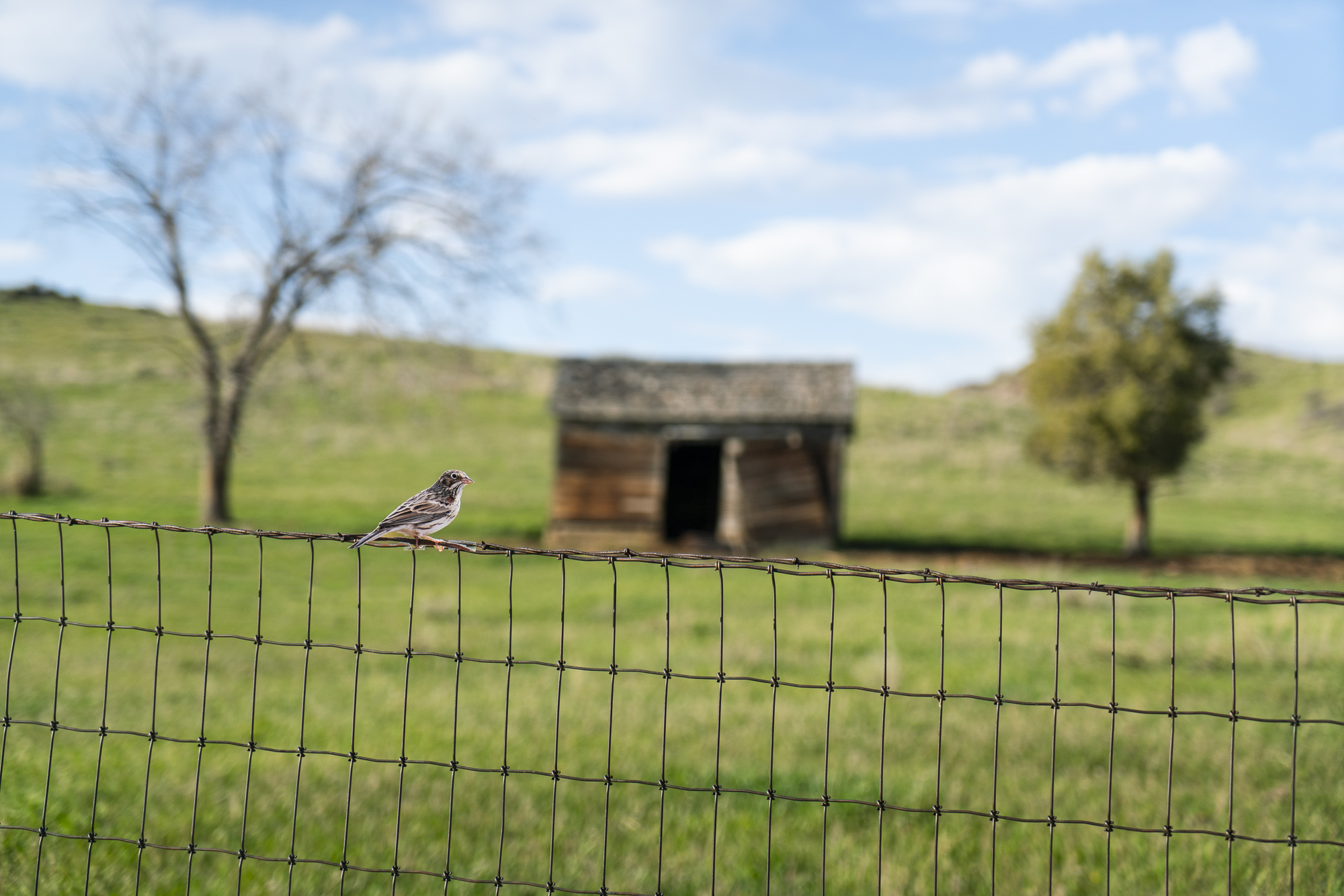
Vesper Sparrow
VESP- Scientific: Pooecetes gramineus
- Spanish: Chingolo Coliblanco
- French: Bruant vespéral
- Family: New World Sparrows
- Bird Code: VESP
If there is a 3° C increase in temperature due to unmitigated climate change
Predicted percentage of habitat lost
Climate and other threats imore info
Habitat
Nests in open grasslands including short-grass prairie, weedy fields, or sagebrush steppes. In winter, can be found in sparse pastures or agricultural fields or pastures with trees.
Range
Breeds across lower Canadian Provinces, and much of the central and northern United States. Migrates to winter in southern U.S. states and Mexico. Some populations can be found year-round in southern California.

A bird by any other name would still sing as sweetly: The Vesper Sparrow got its English (and French) name from the fact that it sings its sweet tinkling song into the evening hours when religious vespers are traditionally sung. The Moki Indians in the northwest corner of Arizona named this species pah-la’sha-ca. Its scientific name translates as “grass dweller.” Its genus name, Pooecetes comes from the ancient Greek ποα (poa) meaning “grass” and οικητης (oikētēs) meaning “dweller”. Its species name, gramineus, means “grassy” in Latin.